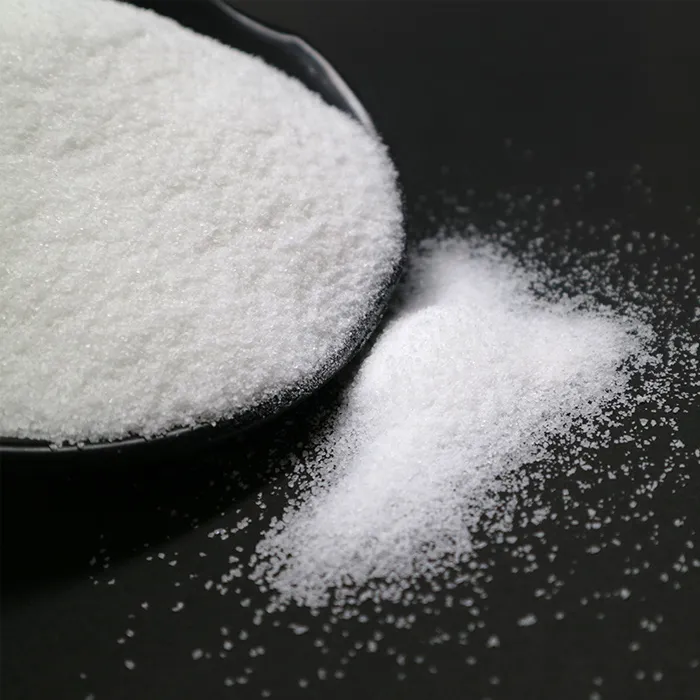Common Water Treatment Chemicals
Water treatment is a critical process that ensures drinking water is safe and suitable for consumption. It also addresses the need to treat wastewater before it can be released back into the environment. Various chemicals are employed throughout the water treatment process to purify water and make it safe for human use. In this article, we will discuss some common water treatment chemicals, their functions, and the importance of their use in maintaining public health and environmental sustainability.
One of the most essential chemicals used in water treatment is chlorine. Chlorine is a powerful disinfectant that is widely used to kill bacteria, viruses, and other pathogens in drinking water. It effectively prevents waterborne diseases, which can have devastating health impacts on populations, especially in areas with limited access to clean water. The process of chlorination involves adding chlorine either in gaseous form or as a chemical compound to the water. Proper dosing and control of chlorine levels are vital, as excessive chlorine can lead to the formation of harmful byproducts.
Common Water Treatment Chemicals
In addition to coagulants, flocculants are often utilized for enhancing the coagulation process. Flocculants, typically polyacrylamide-based polymers, help to increase the size of the flocs formed during coagulation. This added size makes it easier for the flocs to settle during sedimentation, thus improving the clarity of the water. The use of flocculants is particularly beneficial in treating water with low turbidity levels, where traditional coagulation alone may not be effective.
common water treatment chemicals

pH adjustment is another essential aspect of water treatment. Chemicals such as sodium hydroxide and sulfuric acid are frequently used to raise or lower the pH of water, respectively. Maintaining the right pH level is crucial because it affects the solubility of minerals and metals in the water. For instance, if the pH is too low, it can lead to increased corrosivity, which may result in leaching of heavy metals from pipes. Conversely, if the pH is too high, it can inhibit the effectiveness of disinfectants, such as chlorine.
Another group of chemicals commonly used in water treatment is corrosion inhibitors. These are critical in preventing the corrosion of pipes and storage tanks, which can lead to metal contamination of drinking water. Chemicals like orthophosphate and silicates are often applied to form a protective barrier on the pipe surfaces, minimizing corrosion risk. This not only helps to maintain water quality but also extends the lifespan of the infrastructure.
Fluoridation is another chemical treatment that has become standard in many regions. Fluoride is added to drinking water to help reduce the prevalence of dental caries among populations. While fluoride can significantly improve oral health, its use has been subject to considerable debate. Critics argue that excessive fluoride can lead to dental fluorosis, and it is essential to monitor fluoride levels rigorously to ensure they remain within recommended guidelines.
Lastly, activated carbon is widely used in the water treatment process, particularly for its ability to adsorb organic compounds and chlorine byproducts. It is effective in improving taste and odor in treated water, enhancing the overall quality for consumers. The use of both granular and powdered activated carbon can significantly reduce contaminants, making it a valuable tool for water treatment facilities.
In conclusion, various chemicals play vital roles in the water treatment process. From disinfectants like chlorine to coagulants and flocculants, each chemical serves a specific purpose that ultimately contributes to safer drinking water and cleaner wastewater. Understanding these chemicals and their functions is crucial for ensuring that water treatment processes are effective and sustainable, thereby promoting public health and protecting the environment. By continuing to refine and optimize the use of these chemicals, we can work towards a future with cleaner and safer water for all.

